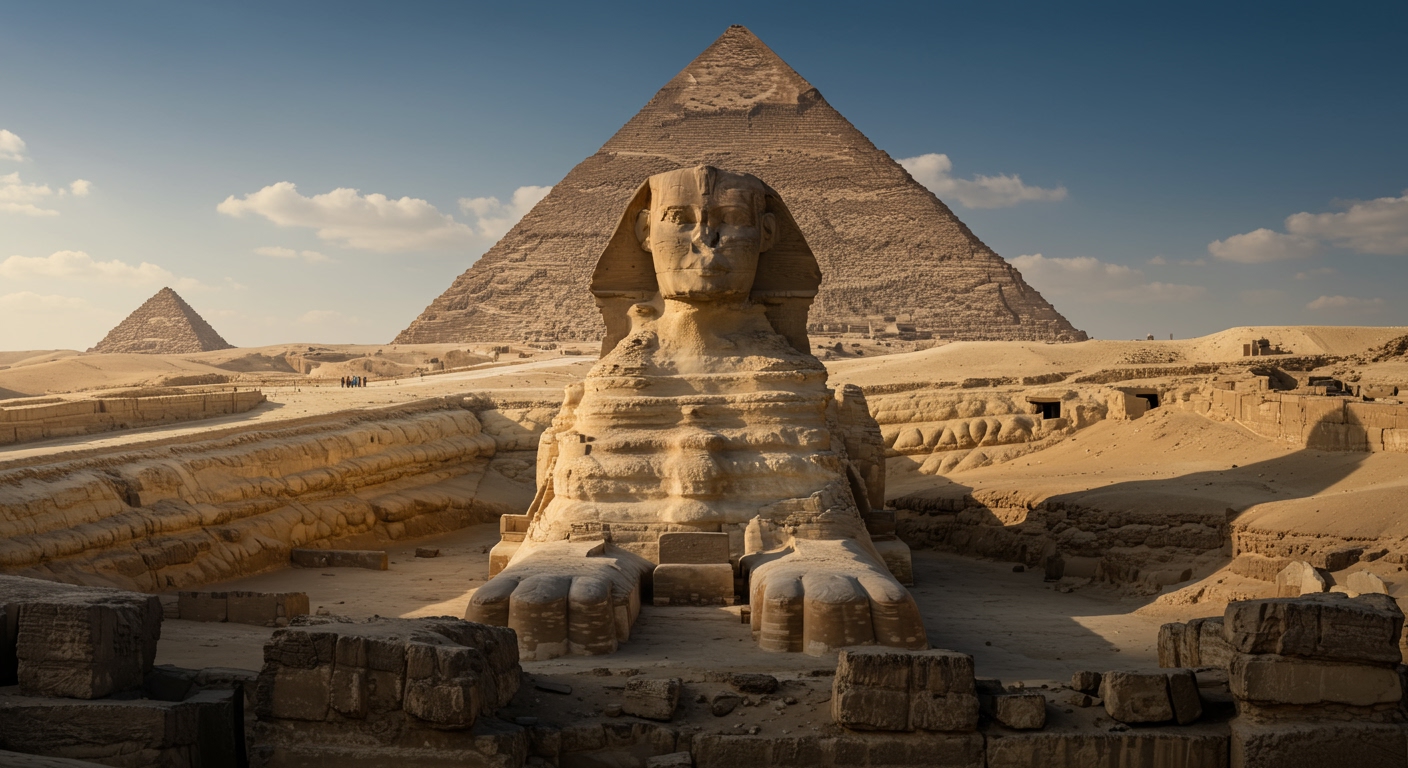Humanity’s history is dotted with remarkable achievements and perplexing enigmas. From colossal structures that defy modern engineering to intricate artwork visible only from the sky, ancient civilizations left behind a legacy that continues to baffle experts. This article delves into some of the most prominent unsolved mysteries of antiquity and explores the intriguing, albeit controversial, “ancient alien” theories that attempt to explain them, offering a fresh perspective on the unsolved mysteries of ancient civilizations.
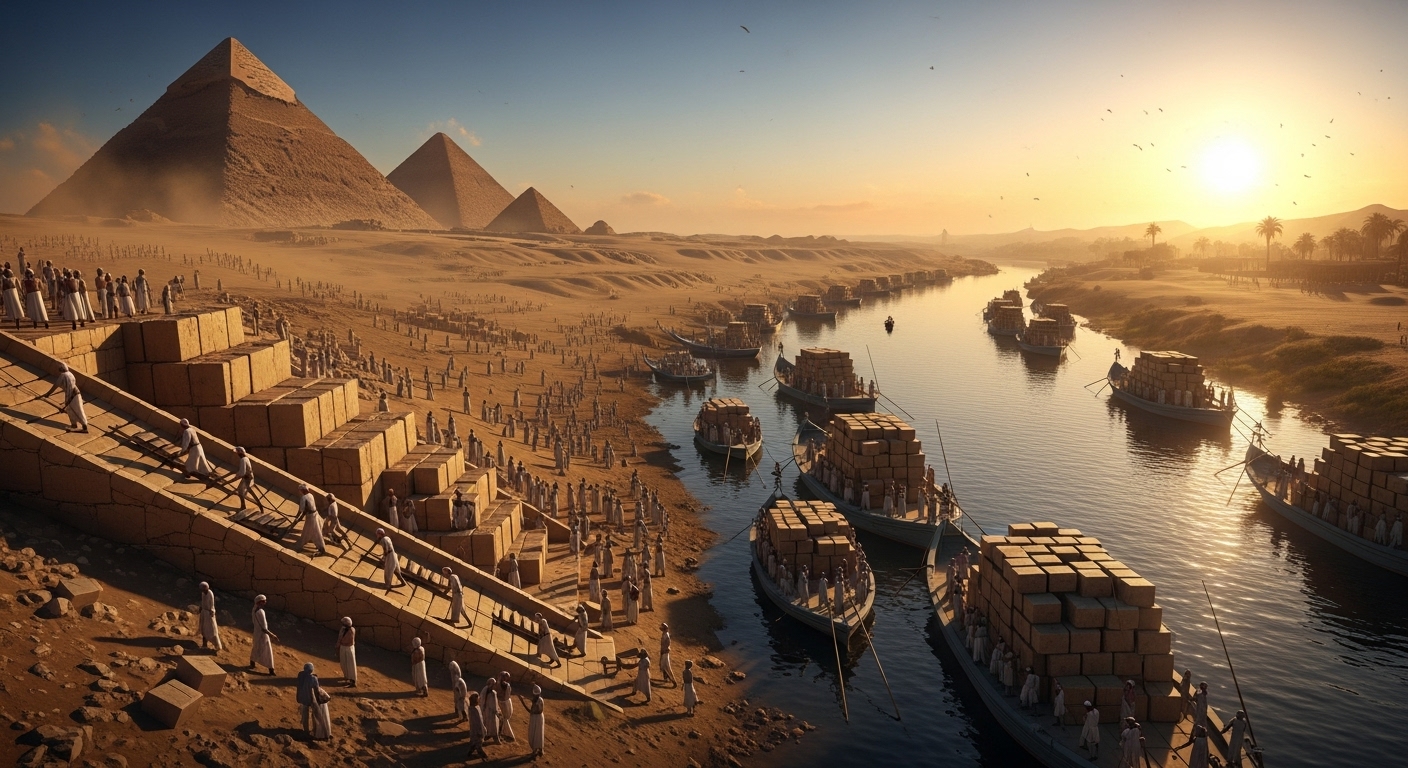
1. The Enduring Enigma of Ancient Civilizations
Many ancient cultures demonstrated astonishing architectural, astronomical, and artistic prowess, leaving behind structures and artifacts that challenge our understanding of their capabilities. Despite extensive research, the exact methods and purposes behind many of these wonders remain subjects of intense debate.
1.1. The Great Pyramids of Giza, Egypt
- Construction Methods: How were millions of massive stone blocks, some weighing up to 15 tonnes, transported and lifted to such heights over 4,000 years ago?
- Ramp Theories: The most widely accepted theory involves the use of ramps, with ongoing debate about their specific design (straight, spiral, internal). Recent archaeological findings at Hatnub quarry suggest steeper ramps than previously thought.
- The Ahramat Branch: Recent discoveries of a long-buried branch of the Nile, named the Ahramat Branch, provide strong evidence that ancient Egyptians used waterways to transport enormous building materials to the pyramid sites[1].
- Purpose: Primarily built as tombs for pharaohs, yet the lack of pharaohs’ remains in many pyramids fuels alternative discussions.
1.2. Stonehenge, England
- Monumental Architecture: A prehistoric monument known for its massive sarsen stones and precise astronomical alignments, marking significant solar and lunar events.
- Transport of Stones: The bluestones, weighing between 2 and 5 tonnes each, were transported from the Preseli Hills in Wales, over 140 miles away, posing a significant logistical mystery for Neolithic people.
- Lack of Written Records: The absence of written records from the Neolithic era leaves its exact purpose and construction methods shrouded in speculation.
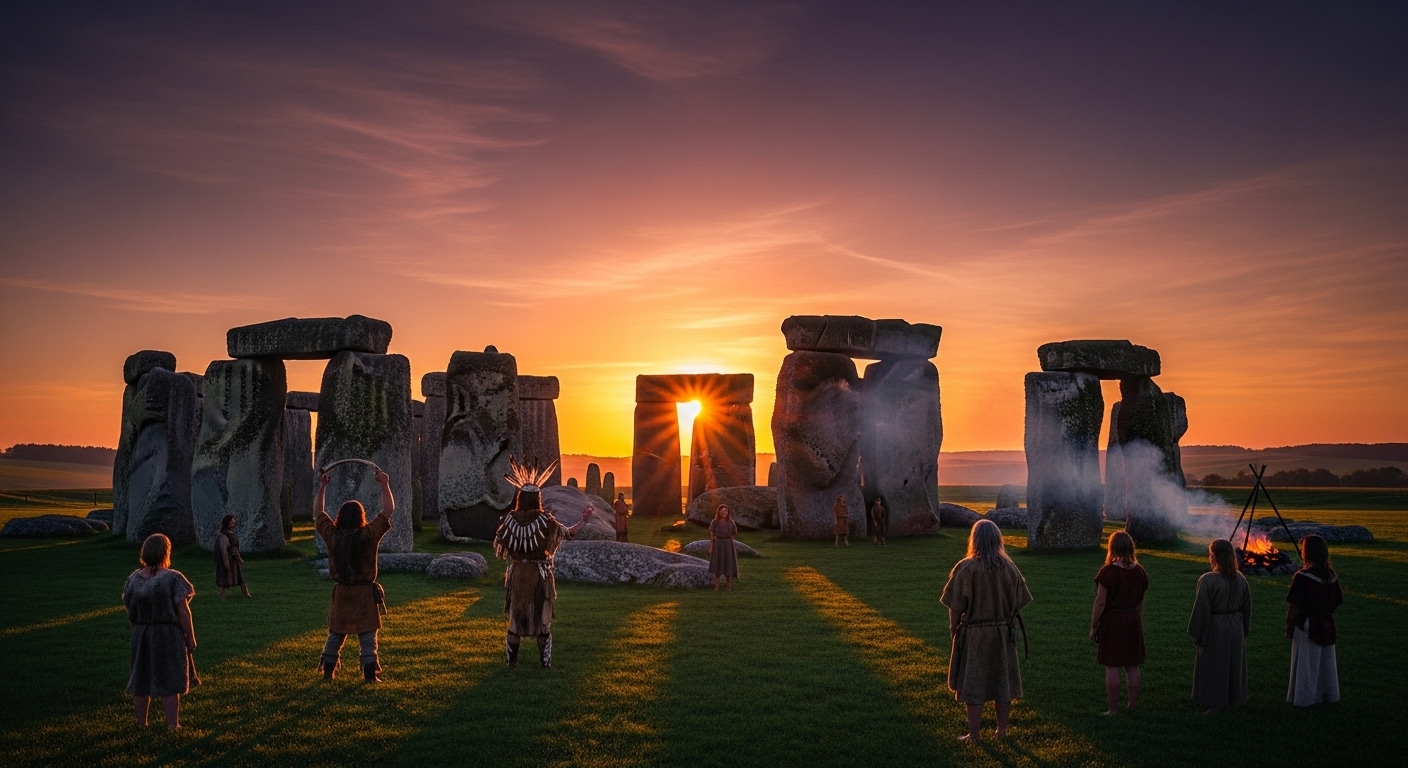
1.3. The Nazca Lines, Peru
- Colossal Geoglyphs: Hundreds of intricate designs of animals, plants, humans, and geometric shapes etched into the desert floor, visible primarily from a great height.
- Proposed Purposes: Theories include astronomical markers, ritualistic paths for religious ceremonies imploring gods for rain, or tributes to deities.
- Debunking Alien Runways: While some theories propose them as alien landing strips, archaeologists contend they were meant to be seen from surrounding hilltops and were part of terrestrial rituals.
1.4. Pumapunku, Bolivia
- Precision Stonework: Part of the Tiwanaku complex, known for its incredibly precisely cut and interlocking megalithic stone blocks, some shaped like giant H’s.
- Advanced Engineering: The intricate stonework and the sheer size of some blocks (some weighing many tons) lead to questions about the tools and technology available to the Tiwanaku culture.
- Debate on Origins: While ancient alien theorists suggest extraterrestrial involvement, archaeological evidence points to the ingenuity of the Tiwanaku people, with precursors found in local monumental structures.
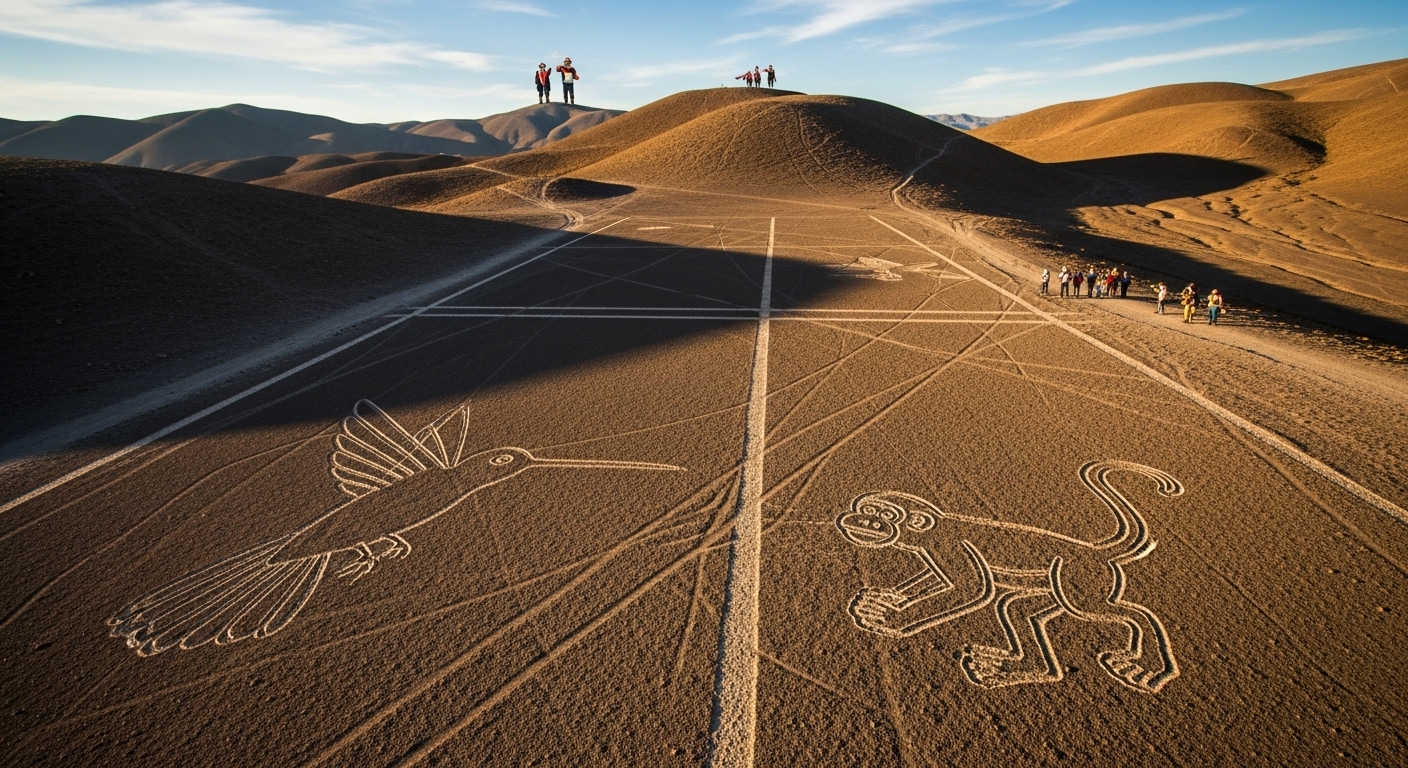
1.5. The Lost City of Atlantis
- Plato’s Account: First described by the ancient Greek philosopher Plato around 360 BCE as a technologically advanced and powerful naval civilization that sank beneath the waves as punishment for its arrogance.
- Myth vs. Reality: Many scholars view Atlantis as a philosophical allegory created by Plato, while others believe it may be based on a historical event.
- Proposed Locations: Theories about its location range from the Mediterranean (e.g., Santorini, linked to a massive volcanic eruption) to the Atlantic Ocean and even Antarctica, though no conclusive evidence has been found[2].
2. Ancient Alien Theories: An Overview
The “ancient alien” or “ancient astronaut” theory posits that intelligent extraterrestrial beings visited Earth in antiquity and influenced the development of human cultures, technologies, and religions. Proponents often point to the unsolved mysteries of ancient civilizations as “evidence” for their claims.
2.1. Core Tenets of the Theory
- Extraterrestrial Contact: Aliens made contact with humans in prehistoric and ancient times.
- Influence on Development: This contact influenced human civilization, technologies, religions, and even biology.
- Gods as Aliens: Many ancient deities are interpreted as extraterrestrial beings whose advanced technology was perceived as divine by early humans.

2.2. Key Proponents and Popularization
- Erich von Däniken: Widely popularized the theory with his 1968 book “Chariots of the Gods?” and subsequent works.
- “Ancient Aliens” TV Series: The History Channel series significantly increased public awareness and discussion of these theories.
- Other Authors: Graham Hancock and other “alternative history” authors have contributed to the discourse.
2.3. “Evidence” Cited by Ancient Alien Theorists
- Unexplained Architectural Feats: The construction of pyramids, Stonehenge, and Pumapunku, arguing that ancient humans lacked the technology to build them.
- Out-of-Place Artifacts: Alleged artifacts that seem beyond the technical capabilities of the people who made them.
- Ancient Art and Mythology: Reinterpretations of petroglyphs, rock paintings, and religious texts (e.g., Anunnaki myths, Book of Enoch) to depict extraterrestrial beings or advanced technology.
- Nazca Lines as Landing Strips: The idea that the Nazca Lines served as runways or messages for alien spacecraft.
3. The Scientific Perspective and Counterarguments
Mainstream archaeology and science largely dismiss ancient alien theories as pseudoscientific, emphasizing human ingenuity and offering evidence-based explanations for ancient accomplishments. They often provide more grounded answers to the unsolved mysteries of ancient civilizations.
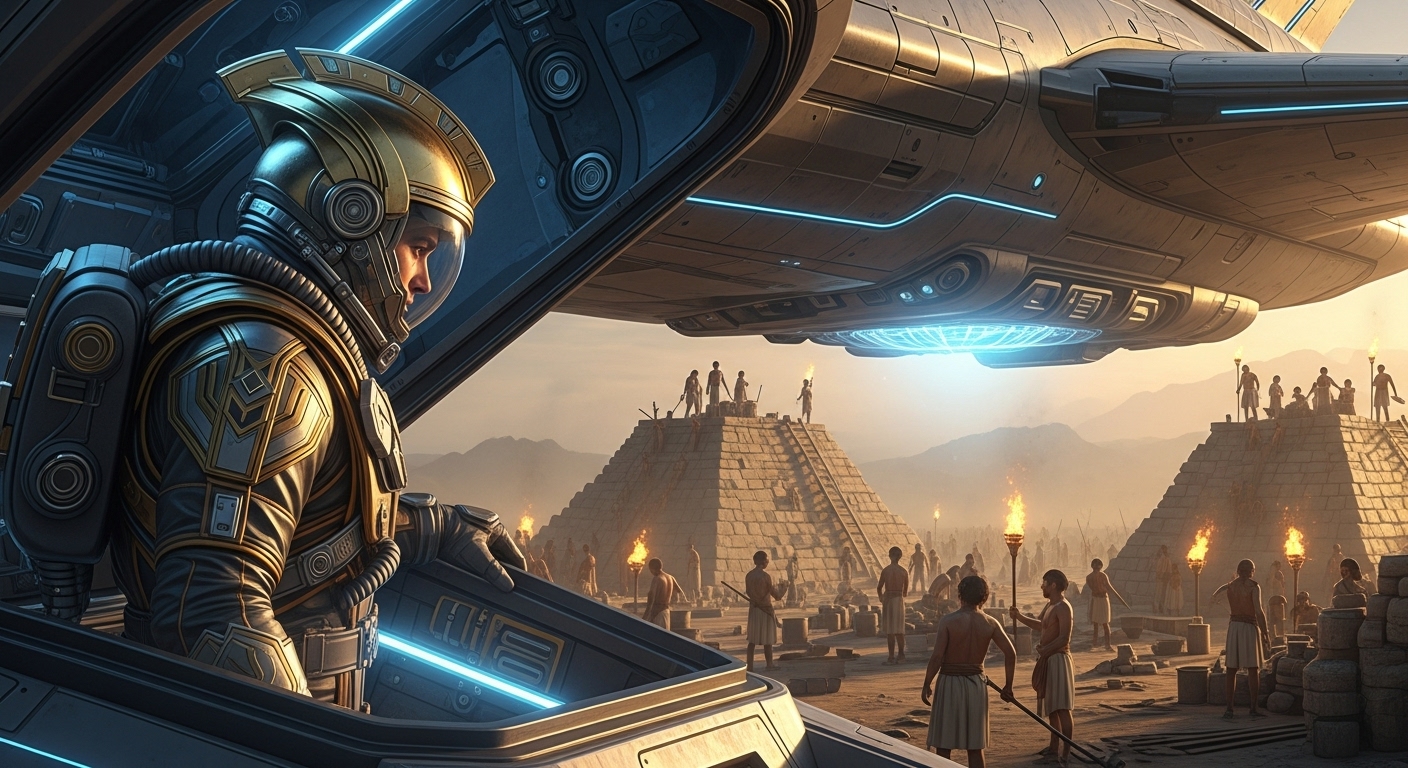
3.1. Lack of Empirical Evidence
- No Credible Scientific Support: Ancient alien claims lack credible attention in peer-reviewed studies and are not supported by scientific evidence.
- Misinterpretation and Fabrication: Proponents often distort or fabricate evidence, misunderstand ancient capabilities, or rely on speculation and conjecture.
3.2. Human Ingenuity and Archaeological Explanations
- Capabilities of Ancient Peoples: Archaeologists demonstrate that ancient humans were intelligent, organized, and capable of achieving monumental feats with the tools and knowledge available to them, given sufficient time and labor.
- Specific Debunks:
- Nazca Lines: Visible from hilltops, indicating they were designed for terrestrial viewing and rituals.
- Pyramid Construction: Evidence supports ramp systems and the use of the Nile for transport[3].
- Pumapunku: Local precursors to its architectural style exist, and carbon dating refutes claims of extreme antiquity and alien origins.
- Stonehenge: Archaeological findings provide insights into the people who built and used Stonehenge, showing it was a long-term human project.
3.3. Criticisms of the Theory’s Implications
- Racist Undertones: Critics argue that ancient alien theories can diminish the accomplishments and capabilities of indigenous cultures by implying they needed “outside help” to build their structures.
- Confirmation Bias: Proponents often interpret evidence to fit their existing beliefs, overlooking contradictory information.
- Reduction of Mythology: It can reduce the richness and cultural significance of ancient myths by stripping them of their spiritual meaning and replacing them with literal alien interpretations.
4. The Enduring Fascination
Despite scientific consensus, the allure of ancient mysteries and ancient alien theories persists, captivating the public imagination.

4.1. The Appeal of the Unknown
- The desire to explain the inexplicable and the human curiosity about extraterrestrial life fuel interest in these theories.
- The romantic notion of lost civilizations and advanced ancient knowledge continues to intrigue.
4.2. Cultural Impact
- Ancient alien theories have become a significant part of pop culture, influencing books, films, and television.
- They encourage critical thinking and prompt deeper exploration into archaeological and historical studies, even if to refute the more fantastical claims.
Conclusion
The unsolved mysteries of ancient civilizations offer a compelling glimpse into humanity’s past, showcasing remarkable ingenuity and complex societies. While ancient alien theories provide an imaginative, and often sensationalized, explanation for these enigmas, they are largely unsupported by scientific evidence. Mainstream archaeology continues to uncover new findings that shed light on how our ancestors achieved their incredible feats, grounding our understanding of history in human capability rather than extraterrestrial intervention. The ongoing exploration of these unsolved mysteries of ancient civilizations highlights our continuous quest to understand where we come from and what incredible potential lies within human civilization itself.


